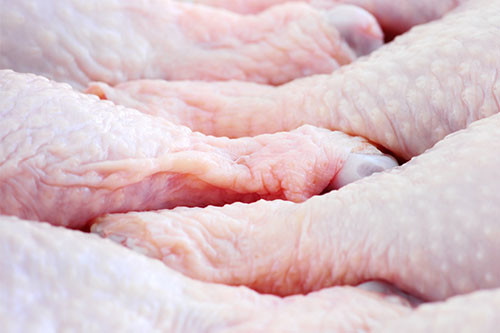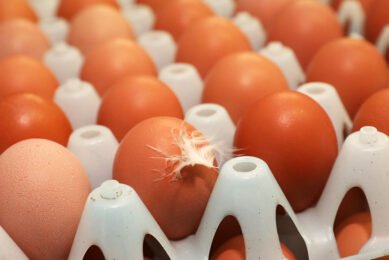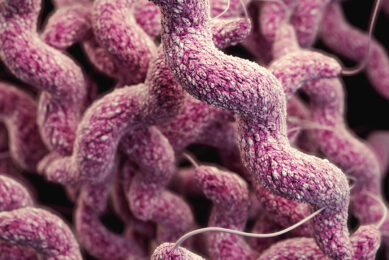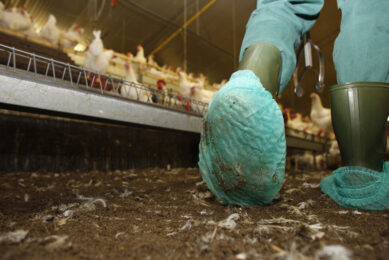Campylobacter levels in fresh-shop bought chickens remain steady

Supermarket chain Morrisons has been the major winner in the latest retail quarterly campylobacter statistics, which show levels remaining stable.
Figures for the top 9 retailers for the period January – March show a marginal rise from 3.6 to 3.8% of chickens testing positive for the highest level of contamination. These are chickens that carry more than 1,000 colony forming units per gram (cfu/g) of campylobacter.
FSA target
Morrisons reported that none of their chickens had the higher levels of contamination compared to the Food Standards Agency’s target of 7% from a sample of 130 tested. Its figures have now been below the 7% target for the last 13 consecutive quarters. Back in 2014, 13% of chickens were heavily contaminated with campylobacter.
It said it was committed to only using suppliers with demonstrable campylobacter reduction plans and that all of its key suppliers have at least one process intervention in order to reduce levels. These are:
- Sonostream systems – (this is a stream/ultrasound system)
- Secondary scalding
- Rapid surface chilling
Result
Waitrose which reported a rise from 2 to 3% said in a statement: “We continue to be delighted with this result which is in line with seasonal expectations. Because we know that the prevalence of campylobacter is reduced over a product’s shelf live, we have ensured our sampling is random and have adhered throughout the survey to the FSA testing protocol. The results demonstrate the robustness of our testing procedures and we are confident our approach to tackling campylobacter is consistently effective.”
Other supermarkets reported the following figures:
Asda – 7.9% – up from 7.2% in the October-December 2017 quarter
Aldi – 5.3% – down from 6.7% from the previous quarter (Oct-Dec)
Lidl – 2% – the same as the previous quarter
Marks and Spencer – 5% – down from 8.3% in the same period last year
Sainsbury’s – 5.9% – up from 2.6% in the previous quarter
Tesco – 3% – down from 5% in the previous quarter
Latest figures
Michael Wright, FSA director of policy and science, said the latest figures were consistent with previous results and showed a consolidation on the significant progress made so far. “We will continue to actively work with retailers and smaller poultry businesses to further reduce campylobacter levels. We would like to thank the major retailers and poultry producers for their efforts in tackling campylobacter and for working alongside the FSA to coordinate the publication of results.”
But while the figures for the highest level of contamination continue to consolidate, almost 6 in 10 samples of UK-produced fresh whole chickens tested positive in some form to campylobacter. A total of 59.1% of samples tested positive in the quarter compared to 57.7% from the previous set of results and 48.7% from July to September.












